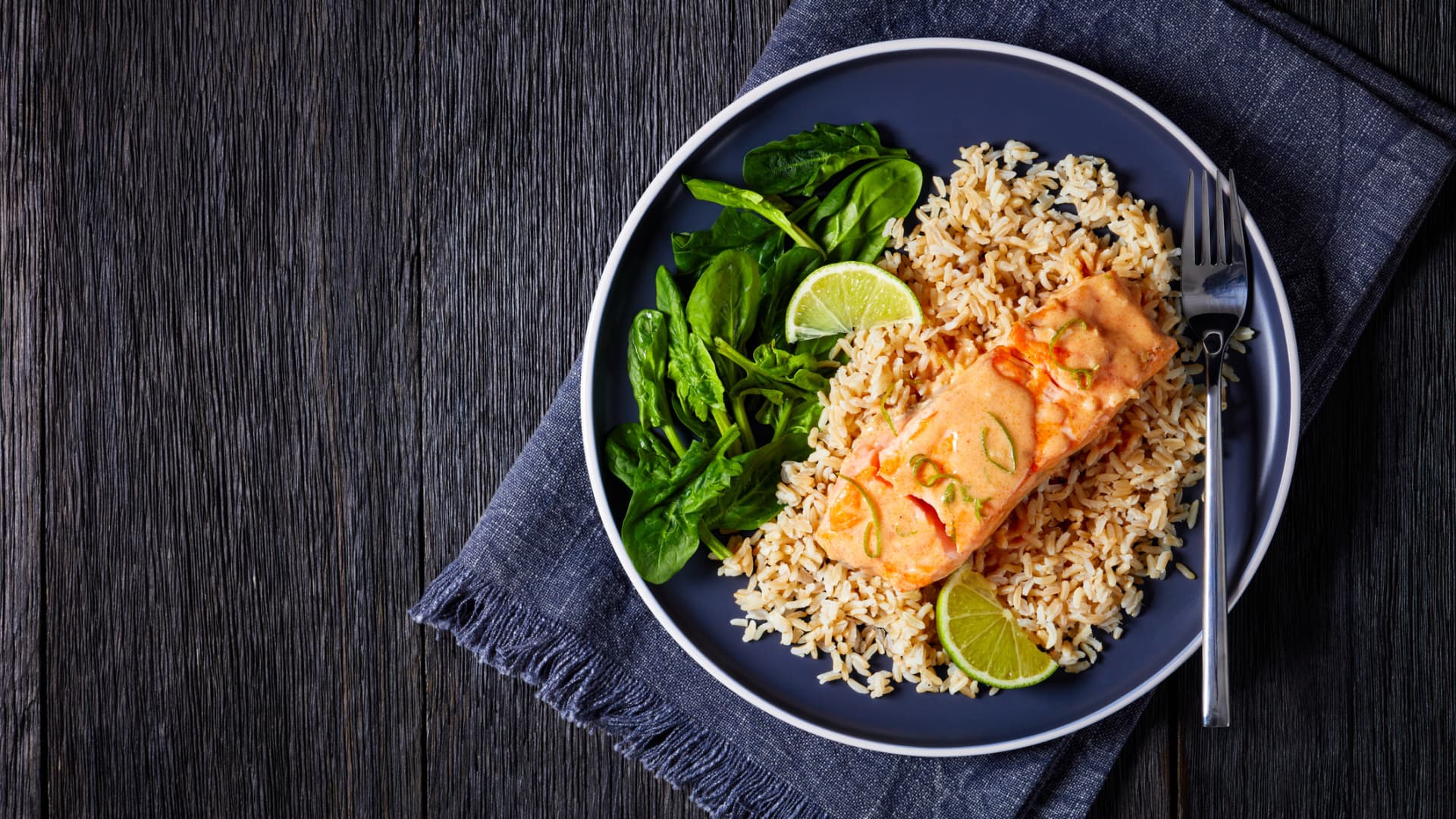
[ad_1]
Richard Williams
A bill restricting cultivated meat is moving forward with significant support in Florida. Leaders there, in other states like Alabama, and in the federal government are fighting alternative proteins — milk, cheese, poultry, seafood, or meat products not resulting from the old, “natural” cultivation methods — and in many cases calling them “fake.” Does that mean our houses are fake?
Caves are natural but don’t make the best homes, so we cut down trees, make bricks and concrete, toilets, wires, and insulation. We also breed and plant seeds, fertilize and water them, harvest them with machines, package, transport, and then cook them. Doesn’t that make most foods unnatural, i.e., “fake?”
Did anything on this earth evolve specifically to be safe or healthy for humans to eat? In fact, the reverse is true. Plants and animals evolved myriad defenses against being eaten, including bad tastes, foul smells, claws, and even poisons. We’ve been using plant and animal breeding technologies for tens of thousands of years to overcome evolution and are now in a position to do so much more precisely and rapidly.
The Bible instructs us that “everything created by God is good, and nothing is to be rejected if it is received with thanksgiving.” If we want diets that are both safe and healthy, calling some foods “fake” in a somewhat arbitrary way is zero help.
Cows are not natural. They’ve been bred for more than 10,000 years from a now-extinct wild ox called the auroch that was slightly smaller than elephants and lived in Eurasia and Africa. Most cows are raised in factory farms where they can be periodically confined in crowded buildings with no windows where they can barely move. There is nothing whatsoever natural about that.
Love bacon? One practice common with some pork products (called unclean in the Bible) is called “feedback.” Pig poop is fed to females who haven’t given birth yet to help them adapt to germs on farms. (There are so many germs on farms that farm kids are healthier than non-farm kids due to the exposure.) It’s not just the females that get lousy treatment. Male pigs can have their tails and testicles ripped off by hand without anesthesia — you know, naturally.
Regardless, we’re seeing a backlash in our capitals. One Florida representative called one type of the new proteins, cell-cultivated meat, an “affront to nature and creation.” Let there be no doubt, though, that some of the resistance originates with agricultural interests who don’t appreciate the competition.
Maybe with newer and better products coming onto the market, incumbent producers will work their way through the five stages of grief. But instead of denial, anger, bargaining, depression, and acceptance, expect denial, anger, depression, regulation (of the interlopers), and finally adding the new products to their own lines.
Currently, there are more than 1,000 companies either producing cultivated (made directly from cells) meats, poultry and seafood; precision-fermentation meat, seafood, eggs, and dairy products; or plant-based foods. There are more than 800 of the latter. These companies are worldwide and they are growing. Over half of all U.S. households are using these products and over 60% among younger generations—Millennials and Gen Z—are trying to incorporate such foods into their diets.
The reasons these products will ultimately be cheaper and succeed are obvious. They are produced in a safer (less exposure to pathogens) environment than farms, do not harm animals, have less environmental impact, can be produced closer to consumers (eliminating huge transportation costs), and do not suffer the same kinds of supply disruptions we saw during COVID. Most importantly, we can control their nutritional composition. One prediction has the global alternative protein market reaching $423 billion by 2033.
We need micronutrients including vitamins and minerals, carbohydrates, fats, protein, fiber, and water for energy and to maintain the body’s structure, and microbes that, among other things, protect us from bad bacteria called pathogens, aid in digestion, and help our immune systems. If we do not have to use slow and unpredictable breeding and cultivating techniques, we can make foods precisely to fit our needs.
Just like building a house that shelters us and keeps us healthy, we can, and should, build foods that are both safe and healthy. It’s natural.
Richard Williams is a former director for social sciences at the FDA’s Center for Food Safety and Applied Nutrition and a senior affiliated scholar with the Mercatus Center at George Mason University.
[ad_2]
Source link
24World Media does not take any responsibility of the information you see on this page. The content this page contains is from independent third-party content provider. If you have any concerns regarding the content, please free to write us here: contact@24worldmedia.com
Latest Posts

Citadel Securities blasts Trump Media CEO over DJT short sale letter

Language AI Pioneer DeepL Targets APAC Businesses With Pro Translation Options

London trio eyeing deal for Premier League striker

ECB June rate cut looks increasingly likely but still caveats: Joachim Nagel
Liverpool tracking Egyptian winger Omar Marmoush

Tech Worker Salary Growth in Australia Has Normalised

Peloton removes free app membership

Learn How to Code and Get Microsoft Visual Studio for Only $54

Man Utd make transfer decision on injured striker

A nutritionist shares her simple diet for optimal health

Arsenal set to lose highly-rated midfielder this summer

Can Microsoft Copilot Write Simple SQL Commands for You?